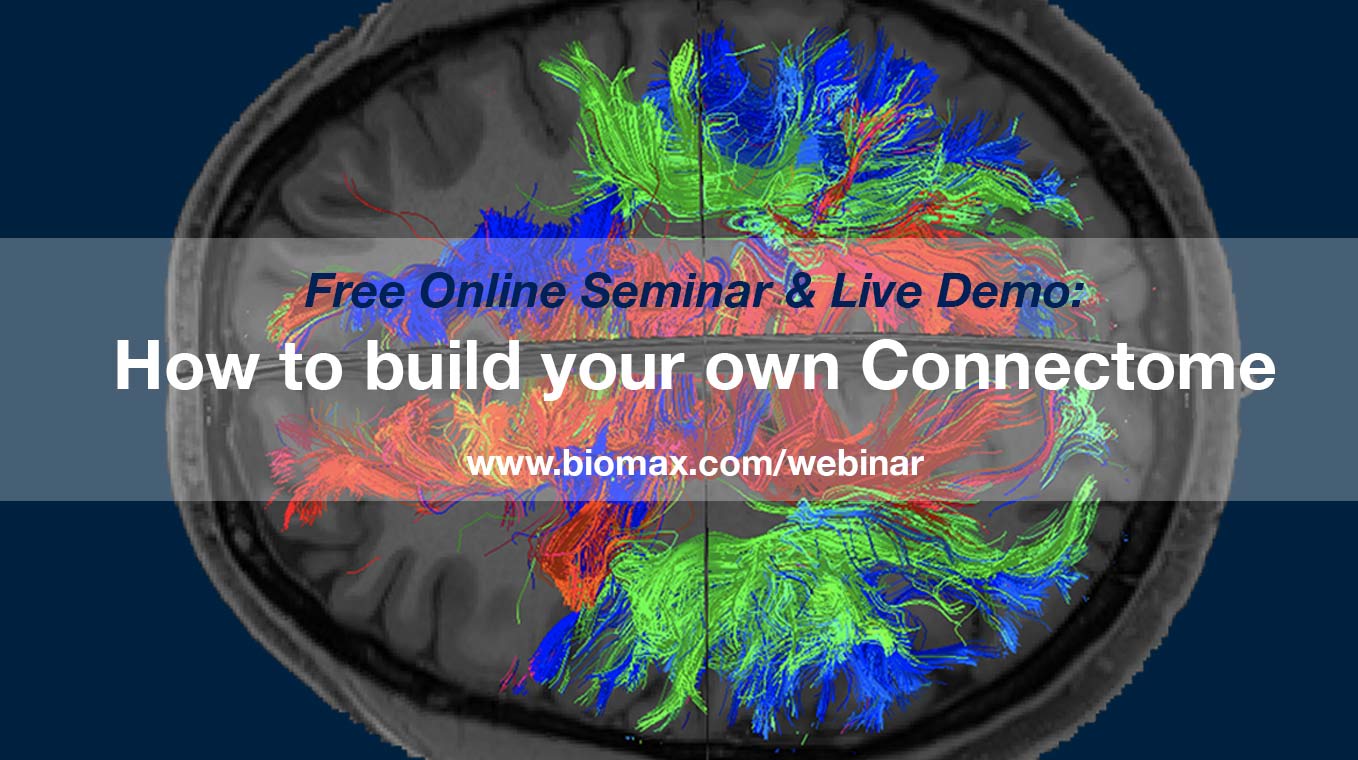NICARA™ for Pharmacologists
Build your own Connectome
Date: December 1, 2020, Time: (CET)

Final notes:
Subject selection and stratification, reliable outcome measures as well as the monitoring of clinical safety matter for every clinical trial. Especially for clinical trials in brain diseases and mental disorders these needs are not fully met or require expensive cognitive testing. For years, researchers look for neuroimaging-related biomarkers with high predictability, good reproducibility across centers and which are easy to obtain at low costs. Volume and morphometry are early-stage biomarkers for neurodegenerative diseases, for example, as in Alzheimer diseases, medial temporal lobe particularly hippocampal areas start to shrink at a relatively early stage (average 20-25% in AD and 10-15% in MCI). However, such structural measures alone have low predictive power and are little precise to characterize the patient’s status.
Combining techniques for quantifying brain morphology with brain connectivity may significantly enhance precision for patient stratification and monitoring outcome measures. DTI tractography has proven to produce reliable early-stage biomarkers for Alzheimer disease (AD) as well as for patients at risk to go from Mild Cognitive Impairment (MCI) to AD. Even different spatio-temporal patterns associated with different forms of dementia such as Fronto-temporal lobe dementia, etc., were discernible by DTI. However, DTI tractography requires expert knowledge in neuroimaging, large hardware resources as well as standardization across centers for sufficient prediction quality.
In this online seminar, we showed how a non-neuroimaging expert using Biomax’ novel neuroimaging solution NICARA™ can run fully automated and standardized DTI tractography pipelines on GDPR-compliant Biomax servers to extract structural connectomes (https://www.labvantage-biomax.com/nicara). We demonstrated how to compare AD and MCI patients from the Alzheimer‘s Disease Neuroimaging Initiative (ADNI) against matched controls and perform longitudinal assessments of individual patient’s whole brain connectomes in NICARA. A remarkable outcome of the presented assessment is that in spite of characteristic courses of brain degeneration, every AD patient shows his/her individual pattern of fiber tract degeneration and functional reorganization over time making NICARA a valuable tool for patient characterization and monitoring outcome measures for clinical studies.
